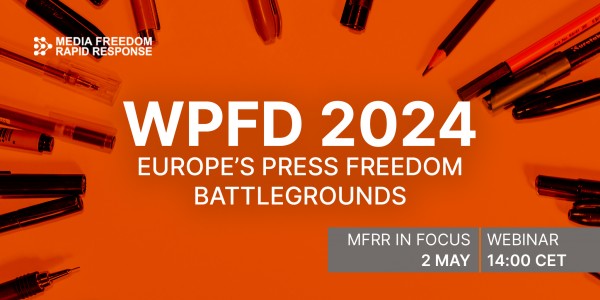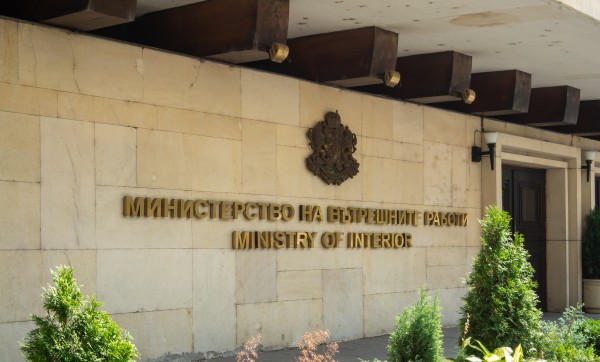How many of you have ever received a hateful or threatening message on social media?
This is mostly a rhetorical question, since it is well-known that a significant percentage of journalists and bloggers have experienced verbal abuse online or know of a colleague who has.
Online violence on social media can take various forms: direct death threats or threats of physical harm to the journalist or his or her family; implied threats; insults; and verbal smears.
When the International Press Institute (IPI) started working on the issue of online harassment of journalists in late 2014, personal anecdotes of such harassment were already being reported by the media. However, increasing concern over the phenomenon underscored the need for a more systematic approach to understand the scope of the challenge.
“Ontheline”, IPI’s digital initiative aimed at combating online harassment, has focused on two areas: first, a systematic analysis of threats and other forms of attacks; and second, research into the emotional and professional impact of online abuse on journalists.
Between May 2015 and January 2017, the Ontheline project collected and studied 1,065 instances of online abuse and conducted more than 80 in-depth interviews with journalists in Turkey, Austria, Hungary and Ecuador. This work revealed the following five distinct elements of online harassment.
First, the hundreds of violent messages directed against journalists appeared to come from social media accounts with a shared ideology. These accounts did not necessarily use the exact same wording when attacking journalists, but did employ common keywords such as “traitor”, “spy”, “terrorist” intended to slander the target and discredit his or her critical reporting.
Second, around the same time that verbal abuse was gaining traction on social media platforms and media online comment sections, journalists increasingly reported instances of hackers attempting to gain access to their email or social media accounts.
Third, online harassment also coincided with Distributed Denial of Service (DDoS) attacks against the servers of news websites with the aim of taking the site down (which was successful in a number of cases).
Fourth, monitoring also highlighted the rise of blogs disguised as credible news sites that published distorted news and opinion aimed at smearing journalists’ work or personal life in an attempt to discredit their work.
Finally, in some cases journalists also received phishing emails designed to look as though they were sent by a trusted source inciting them to click on a manipulated link containing files harmful to the journalist’s computer.
Our project identified these five elements – verbal abuse and threats on social media; hacking attempts; DDoS attacks; smear articles; and phishing messages – as the most common components of coordinated online campaigns to intimidate journalists. It was further observed that these campaigns often increased in intensity during periods of societal tension, such as following a terrorist attack or in the run-up to an election.
Critically, it should be noted that the implementation of these campaigns requires a significant amount of both human and economic resources, limiting the number of actors able to run them to state actors such as governments or political parties – both ruling and opposition – as well as certain non-state actors such as criminal organisations and corporations.
Legal prosecution, physical attacks and unlawful imprisonment are still recurrent forms of silencing critical reporting. But in countries where social media platforms, blogs and online news sites are some of the last bastions of press freedom, the five elements described above have become powerful tools to halt the free flow of news.



